Dealing with a dog that’s constantly fixated on food can be difficult. Here’s how to manage your chowhound without losing your sanity.
1. Establish Meal Times
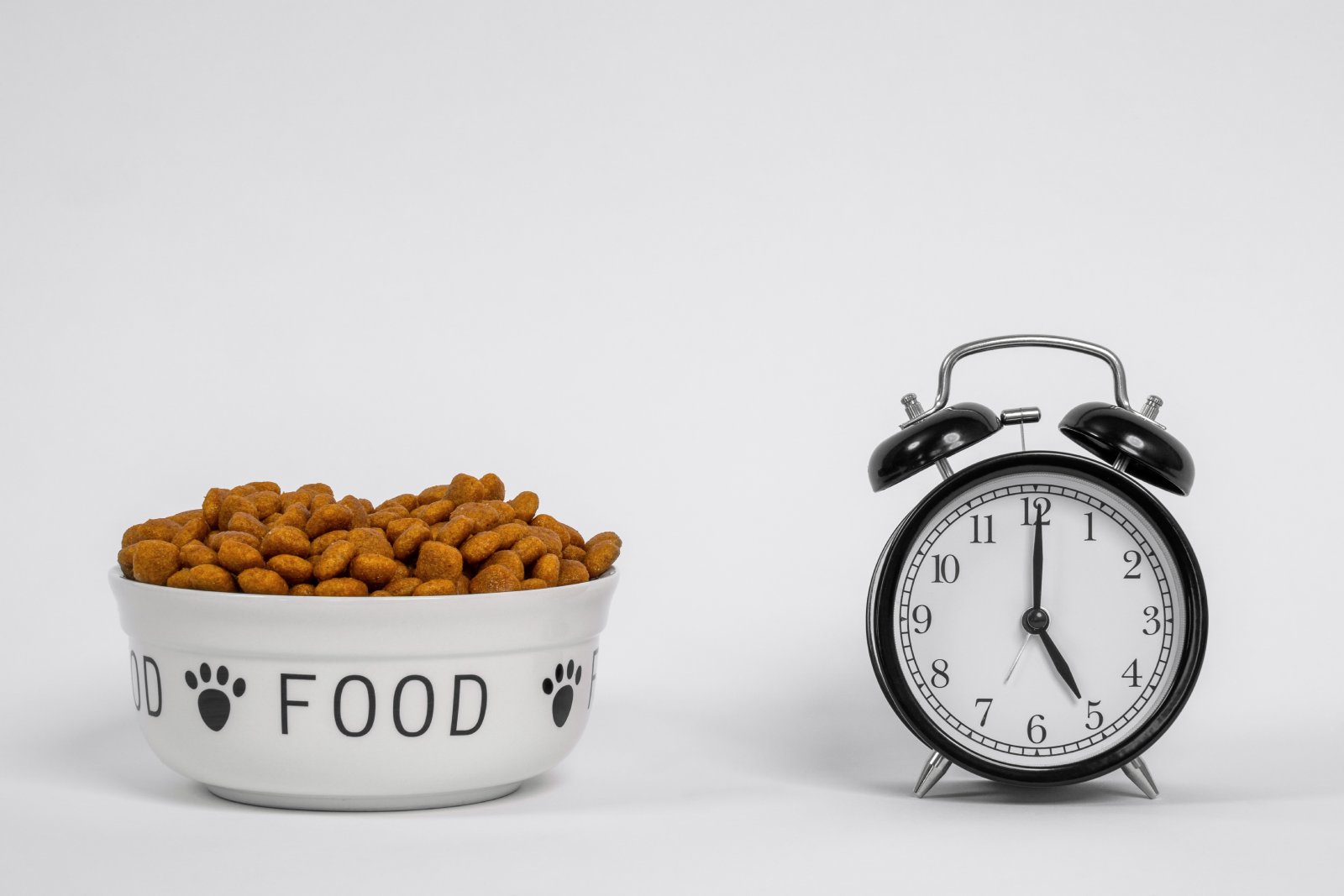
Set regular feeding times and stick to them. A consistent schedule helps manage their expectations and reduces begging.
2. Use Slow Feeders
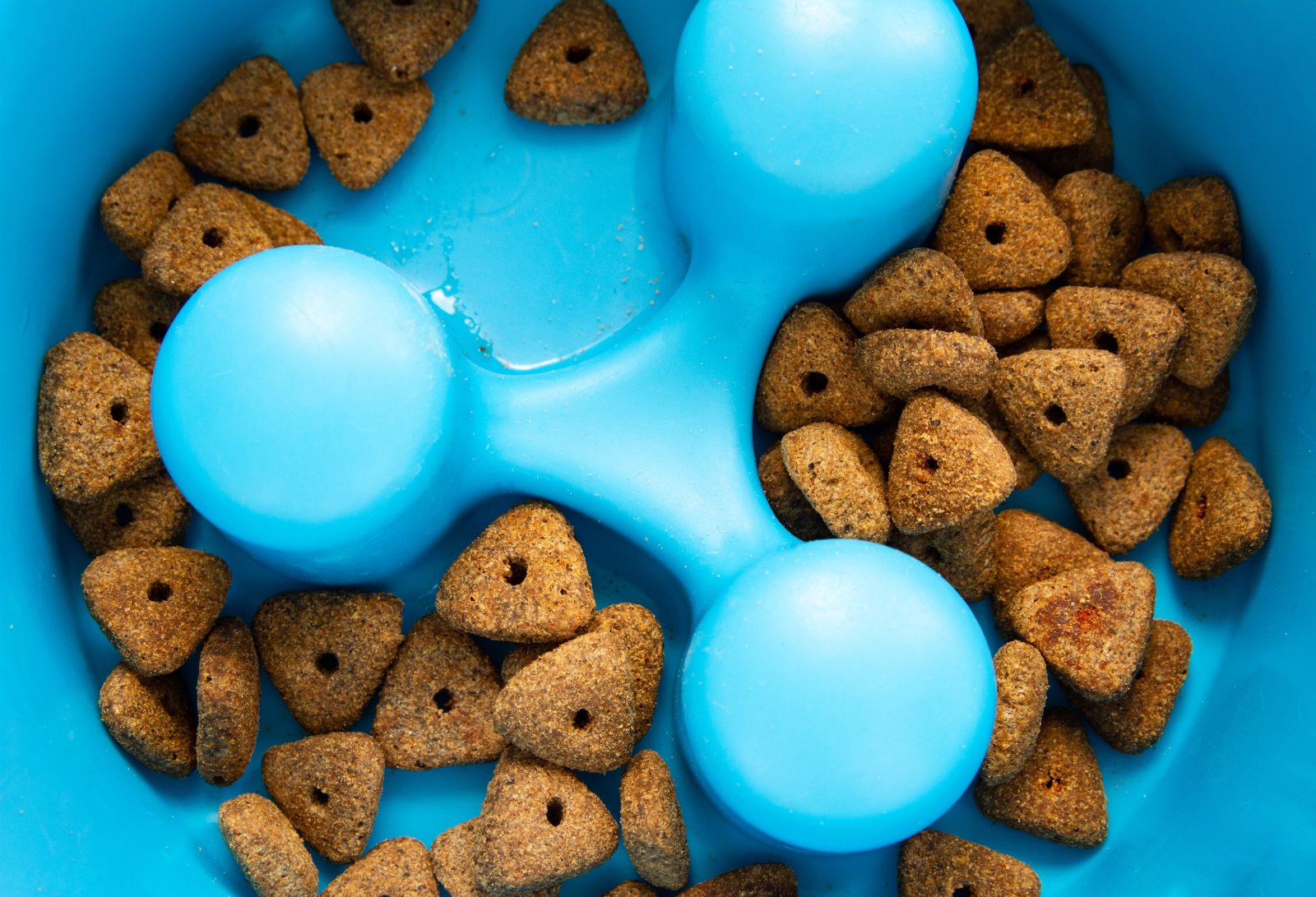
Invest in a slow feeder bowl to make mealtimes last longer. It helps prevent gulping and reduces the risk of bloat.
3. Avoid Feeding from the Table
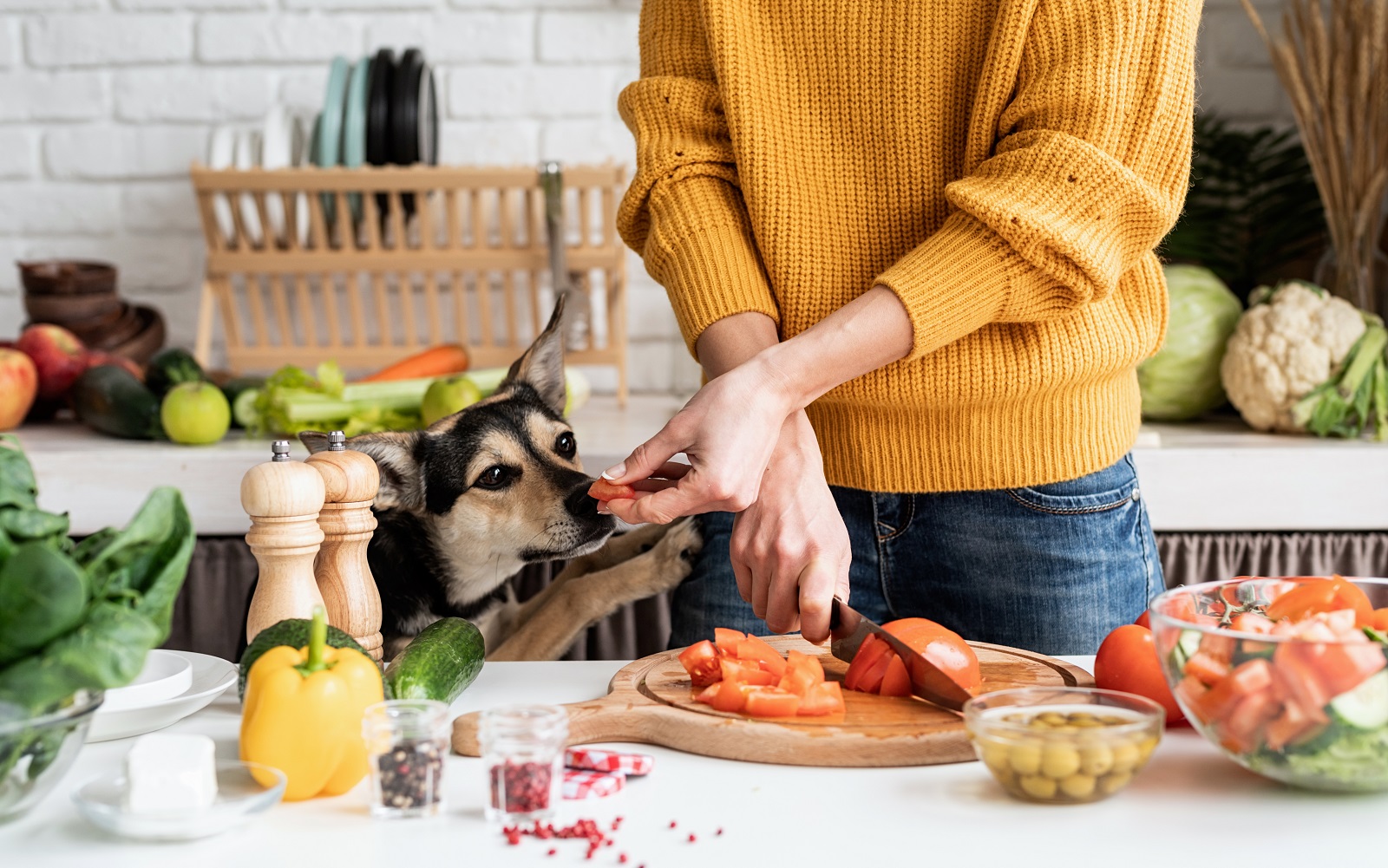
Feeding your dog from the table encourages begging. Keep meals for humans separate to maintain boundaries.
4. Measure Portions
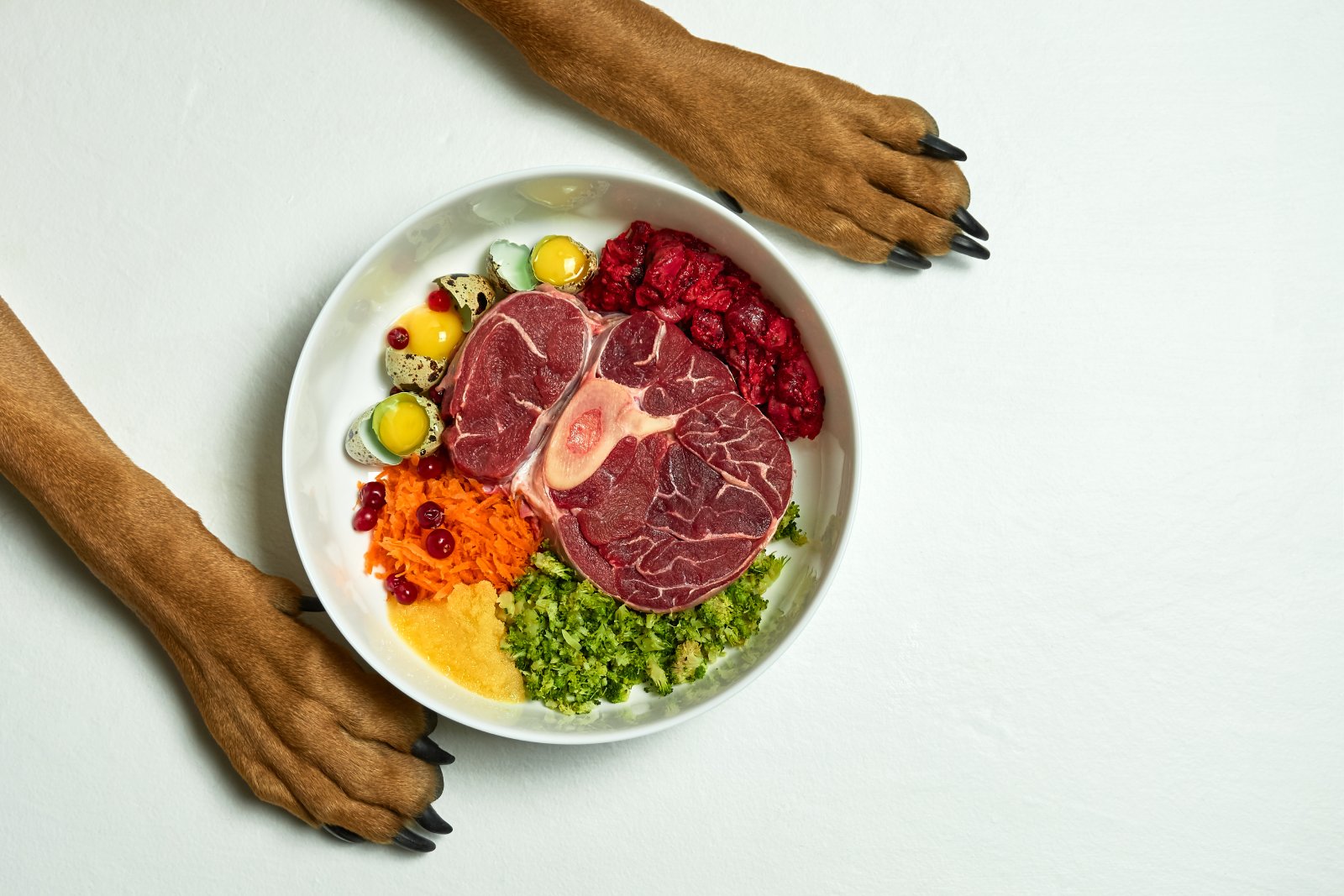
Always measure your dog’s food to avoid overfeeding. This helps maintain a healthy weight and reduces food obsession.
5. Healthy Treats
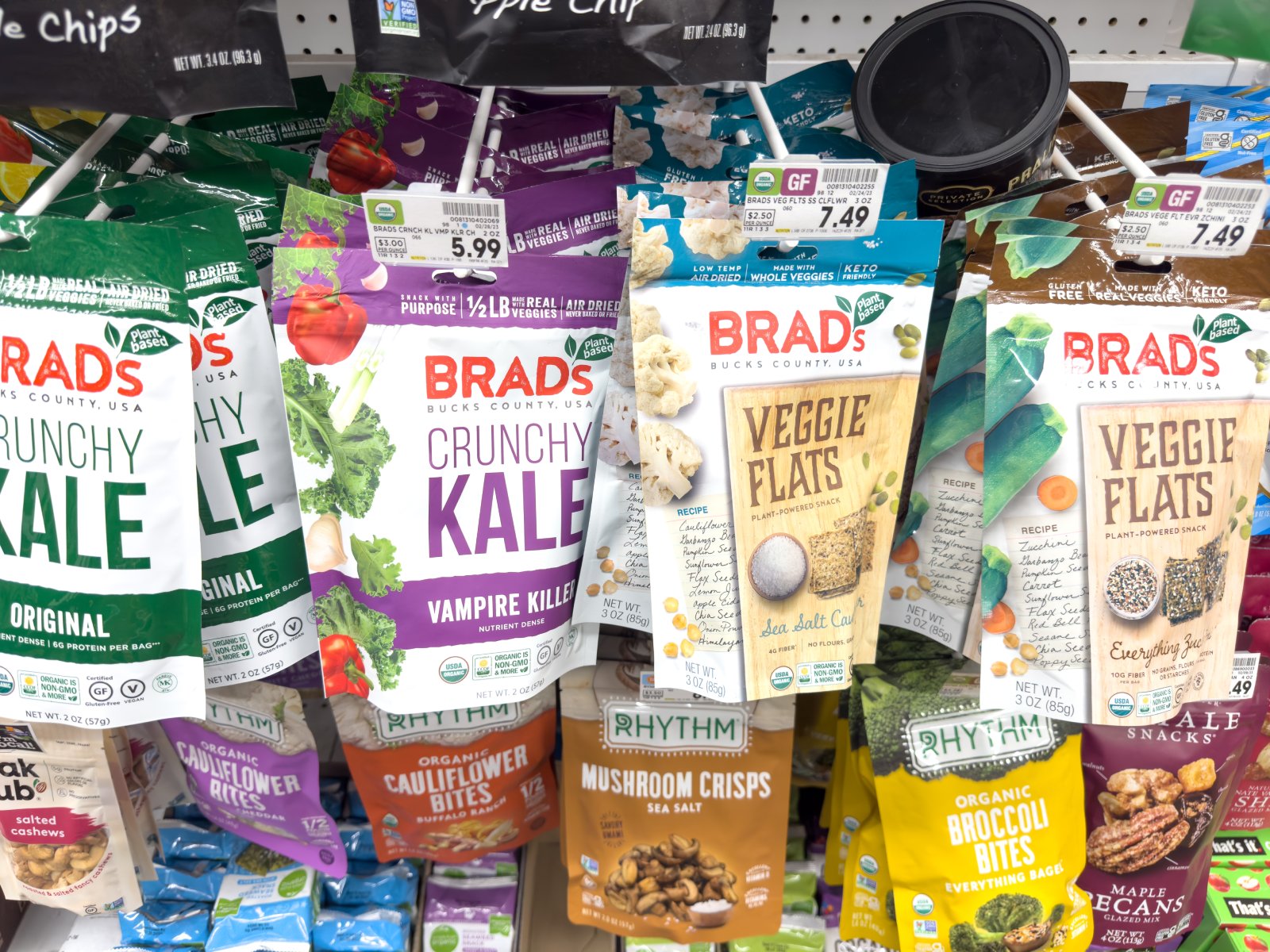
Opt for low-calorie, healthy treats. This way, you can reward them without packing on the pounds.
6. Engage Their Mind
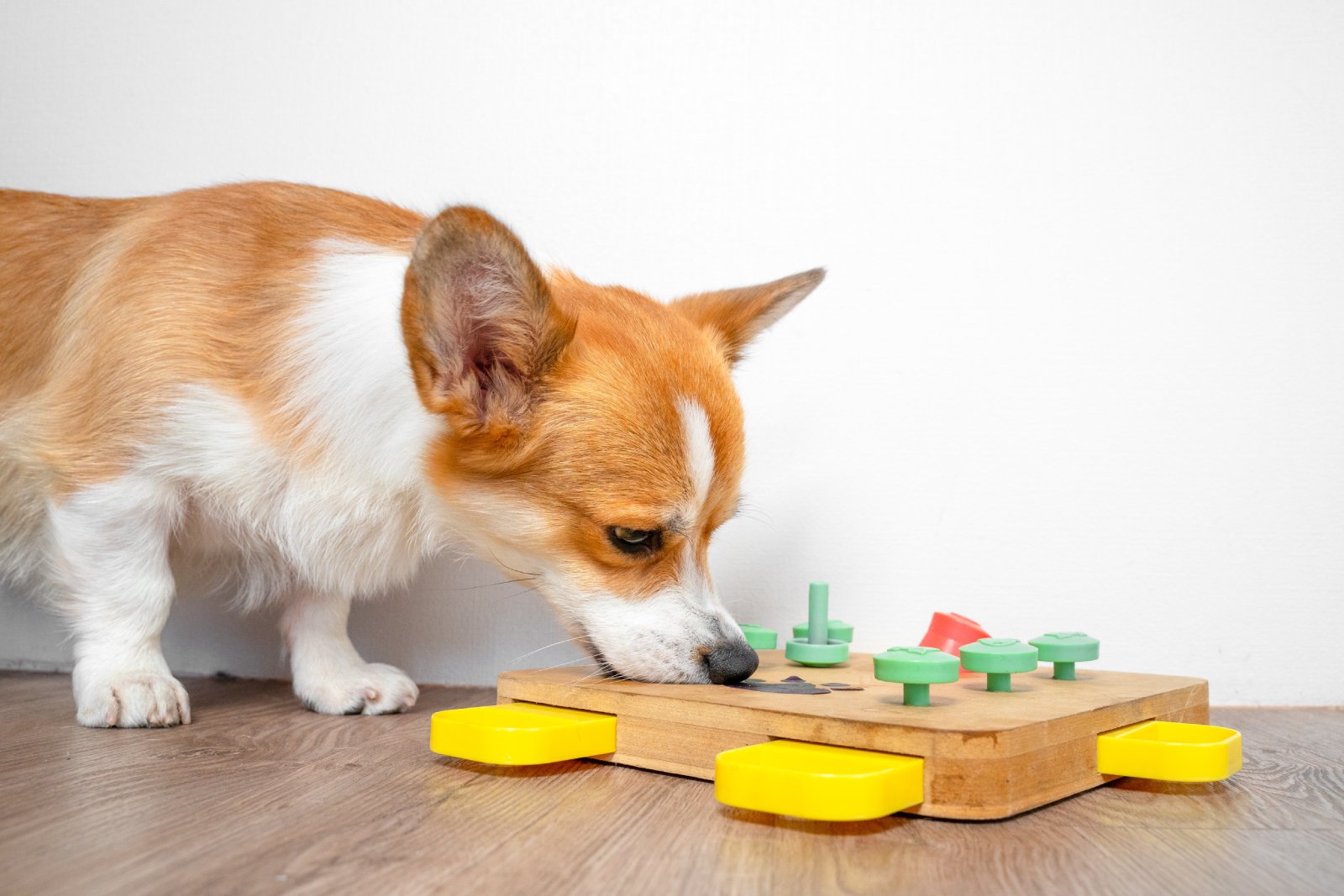
Use puzzle toys to make your dog work for their food. It stimulates their mind and slows down their eating.
7. Ignore Begging
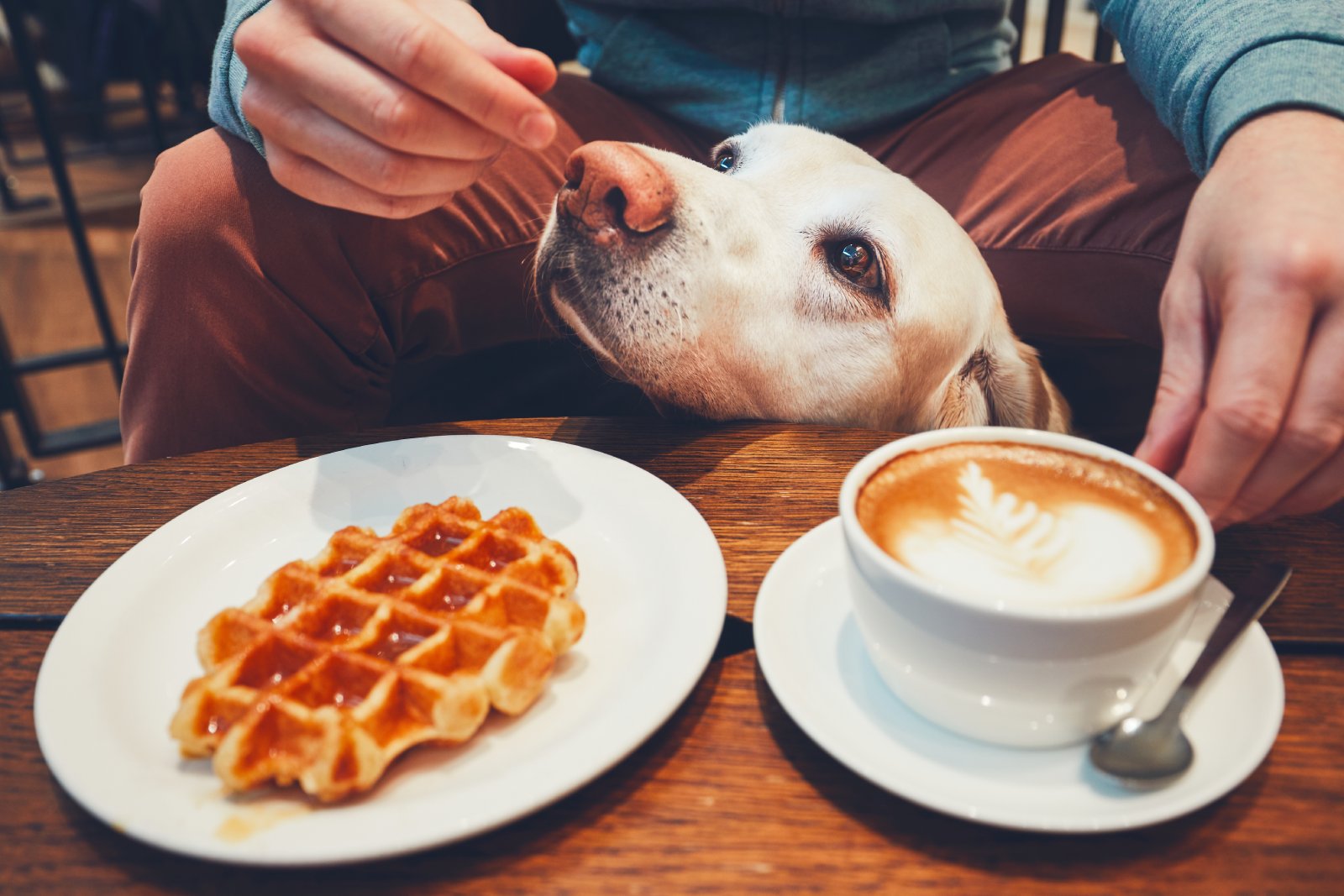
No matter how persuasive those puppy eyes are, do not give in to begging. Consistency is key to breaking this habit.
8. Train for Patience
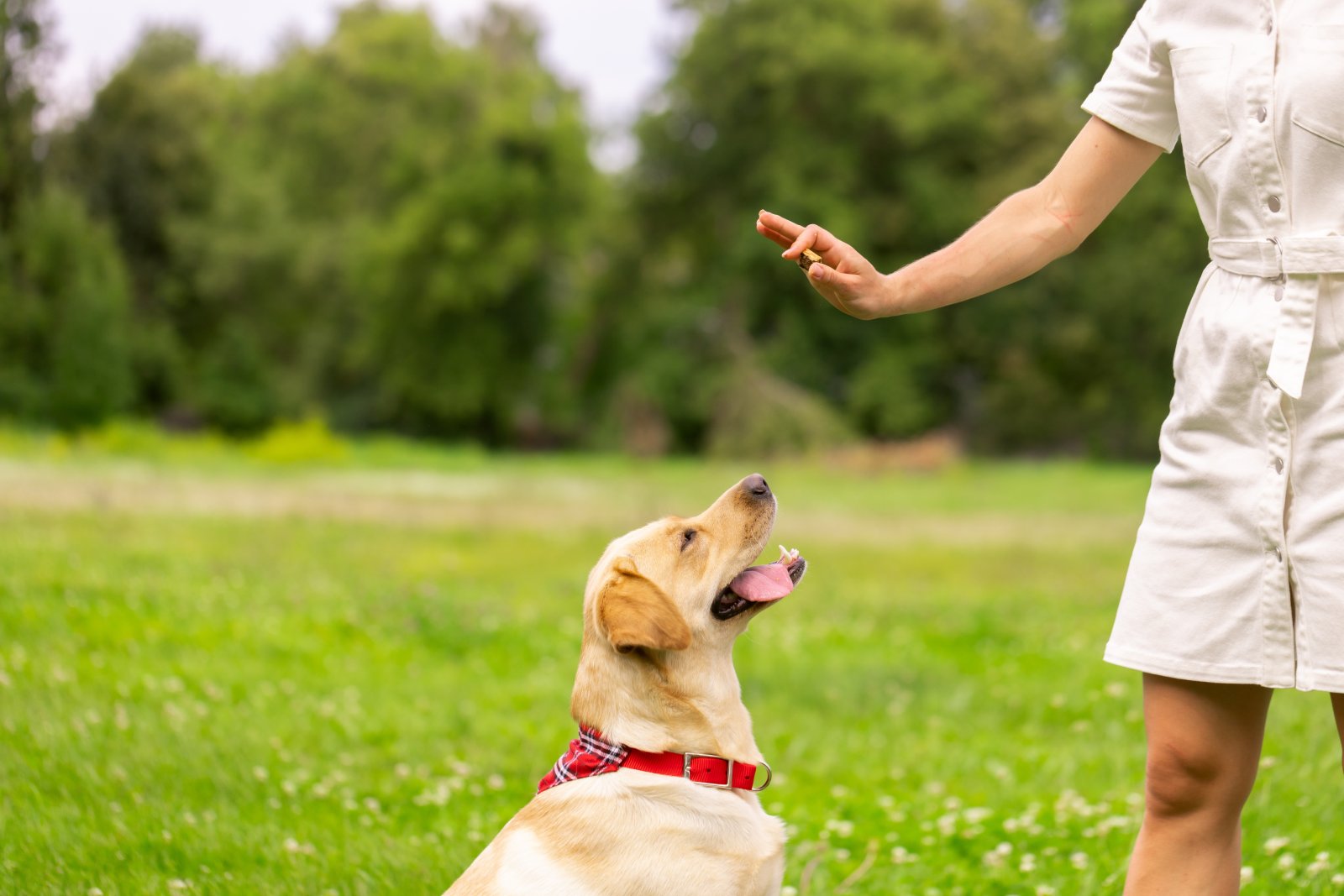
Teach your dog to wait patiently for their food. Use commands like “sit” and “stay” to instil discipline.
9. Feed Smaller, More Frequent Meals
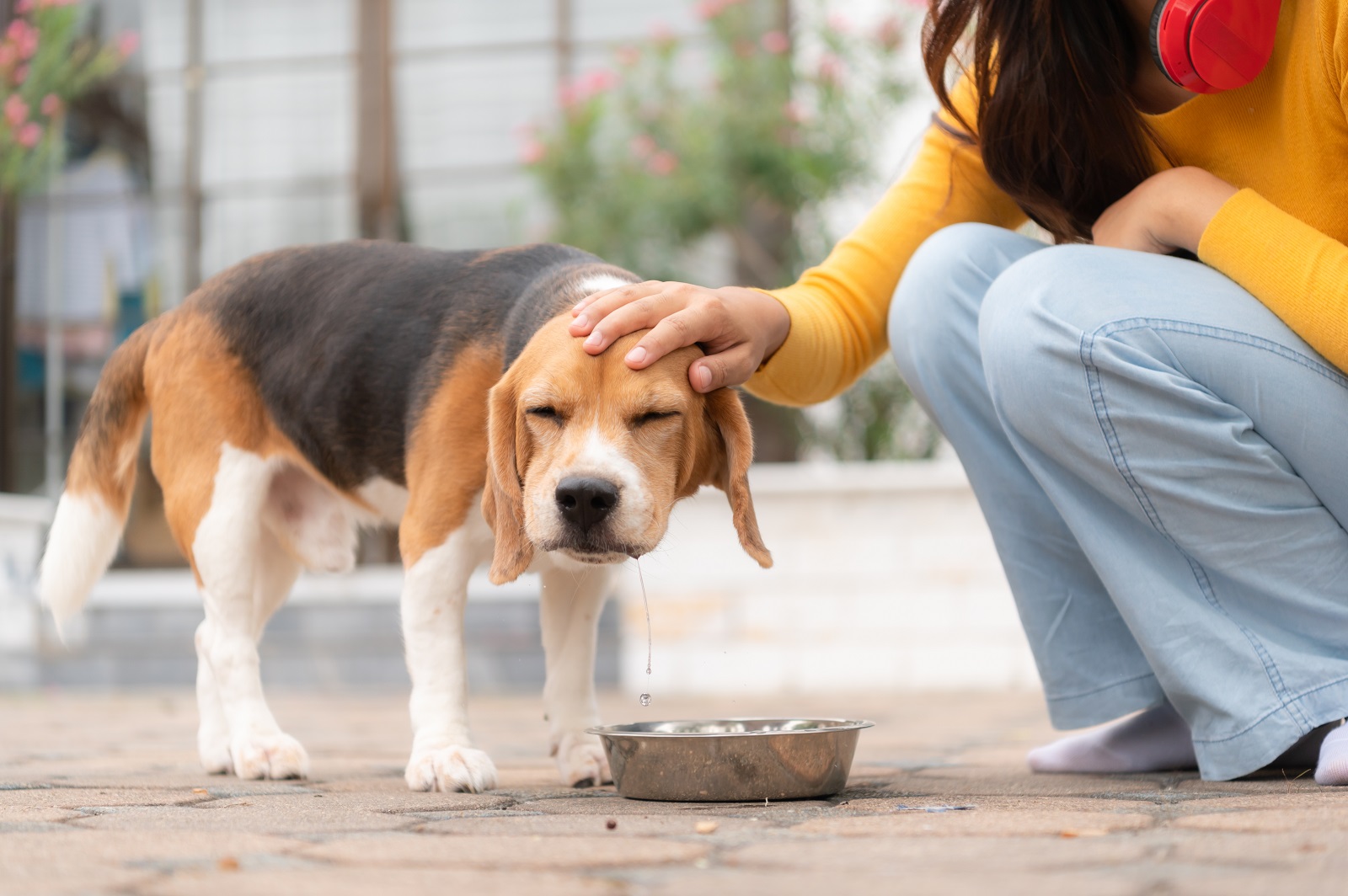
Dividing their daily food into smaller portions given more frequently can help manage their hunger. It keeps their metabolism steady.
10. Avoid Free-Feeding
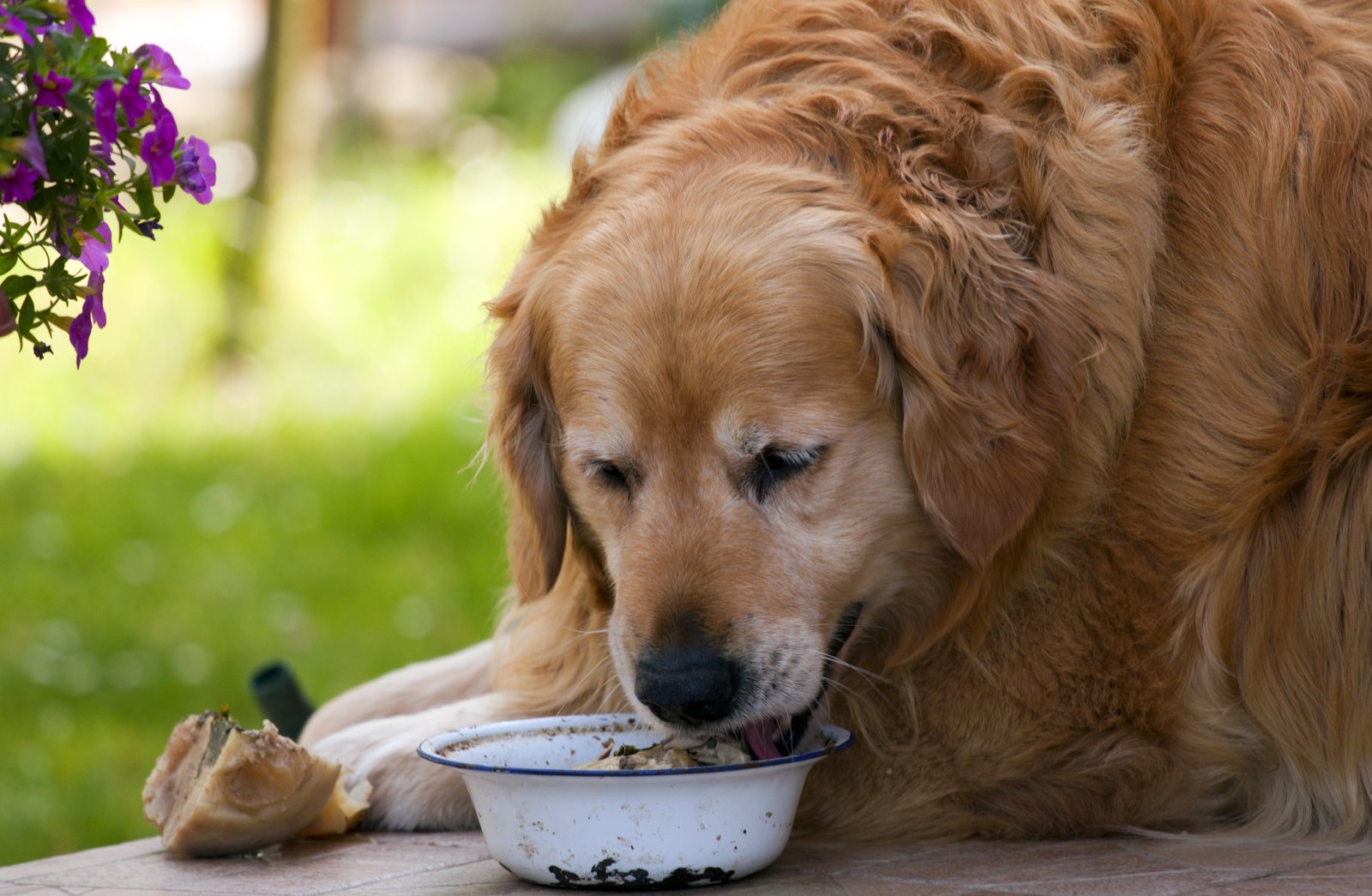
Leaving food out all day can lead to overeating. Serve meals at specific times instead.
11. Keep Them Active

Regular exercise helps burn off excess energy and reduces their fixation on food. A tired dog is less likely to obsess over meals.
12. Check for Medical Issues
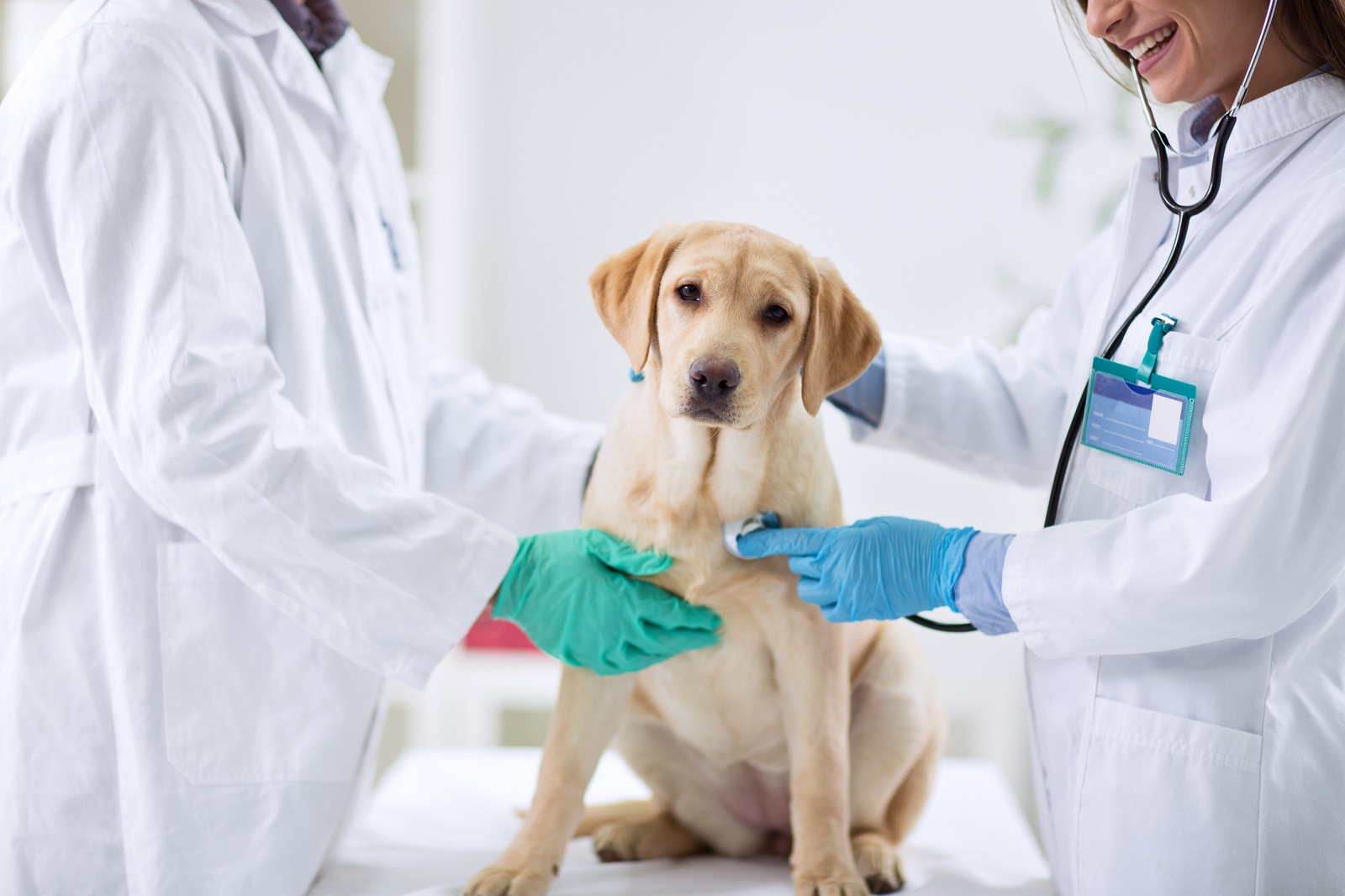
Consult your vet if your dog’s food obsession seems extreme. Conditions like hyperthyroidism can cause increased hunger.
13. Distraction Techniques
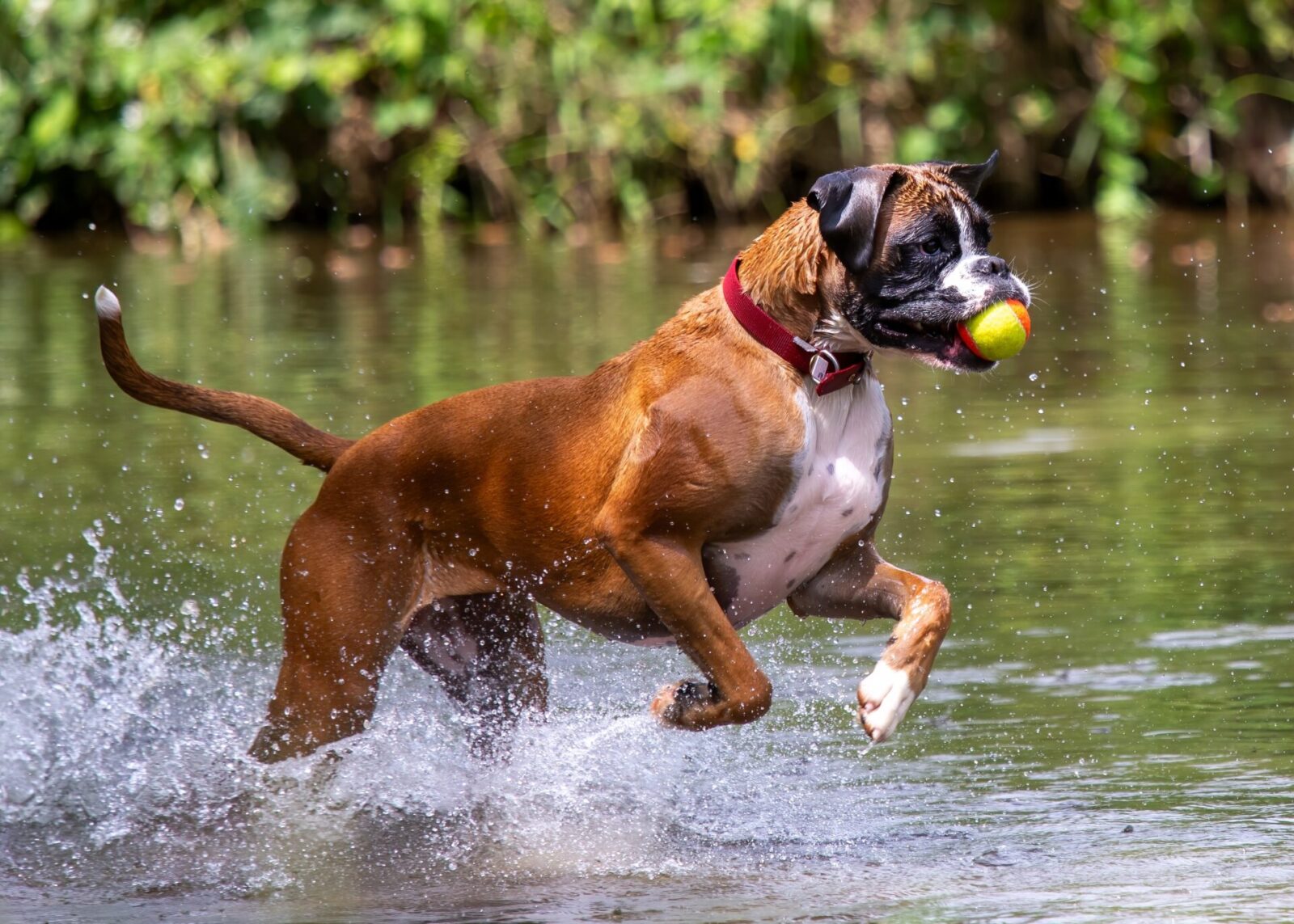
Use toys and activities to distract your dog during your mealtimes. It keeps them occupied and away from your food.
14. Consistent Training
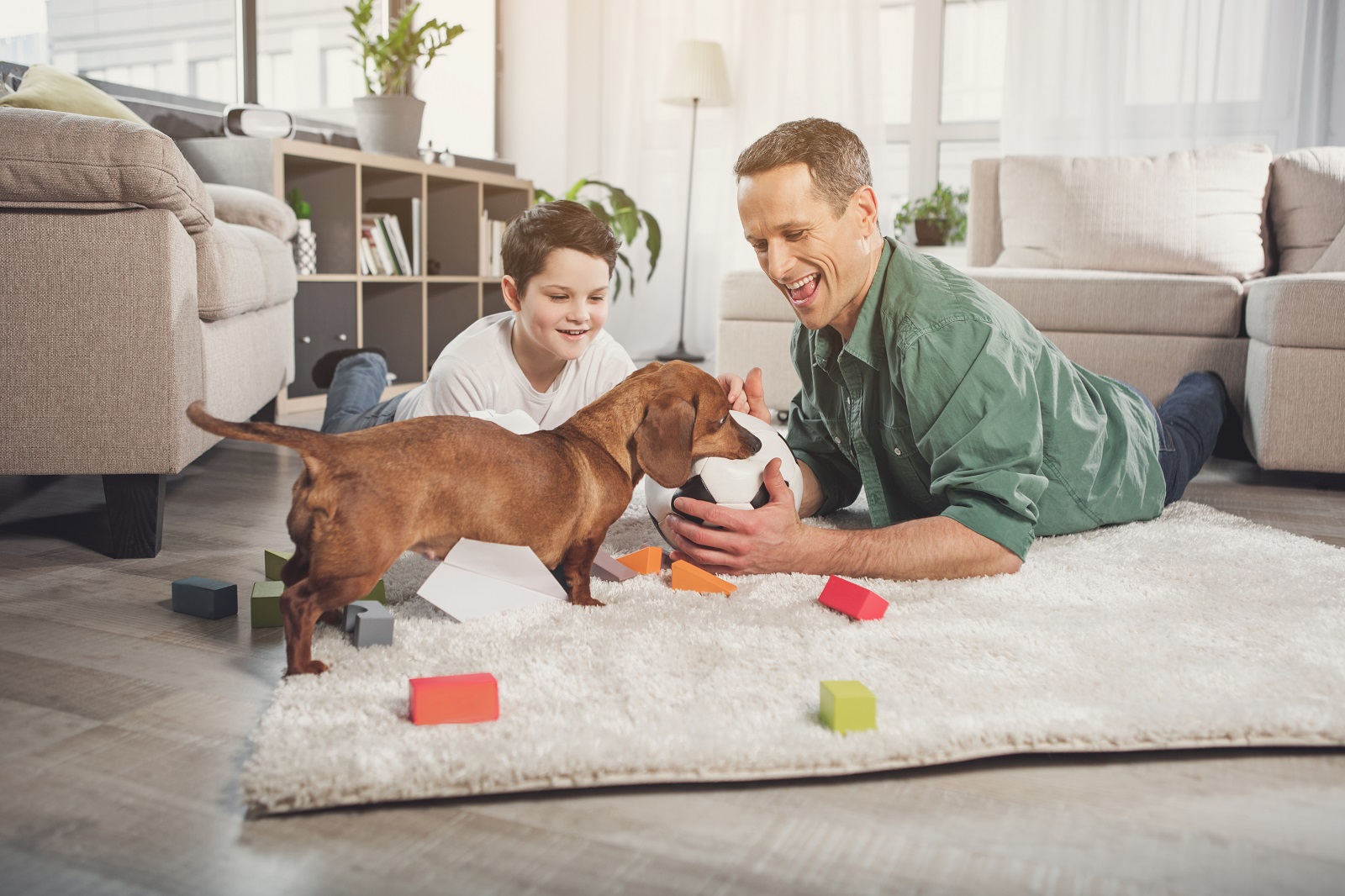
Reinforce good behaviour with training. Positive reinforcement for ignoring food will reduce their obsession.
15. Avoid High-Calorie Snacks
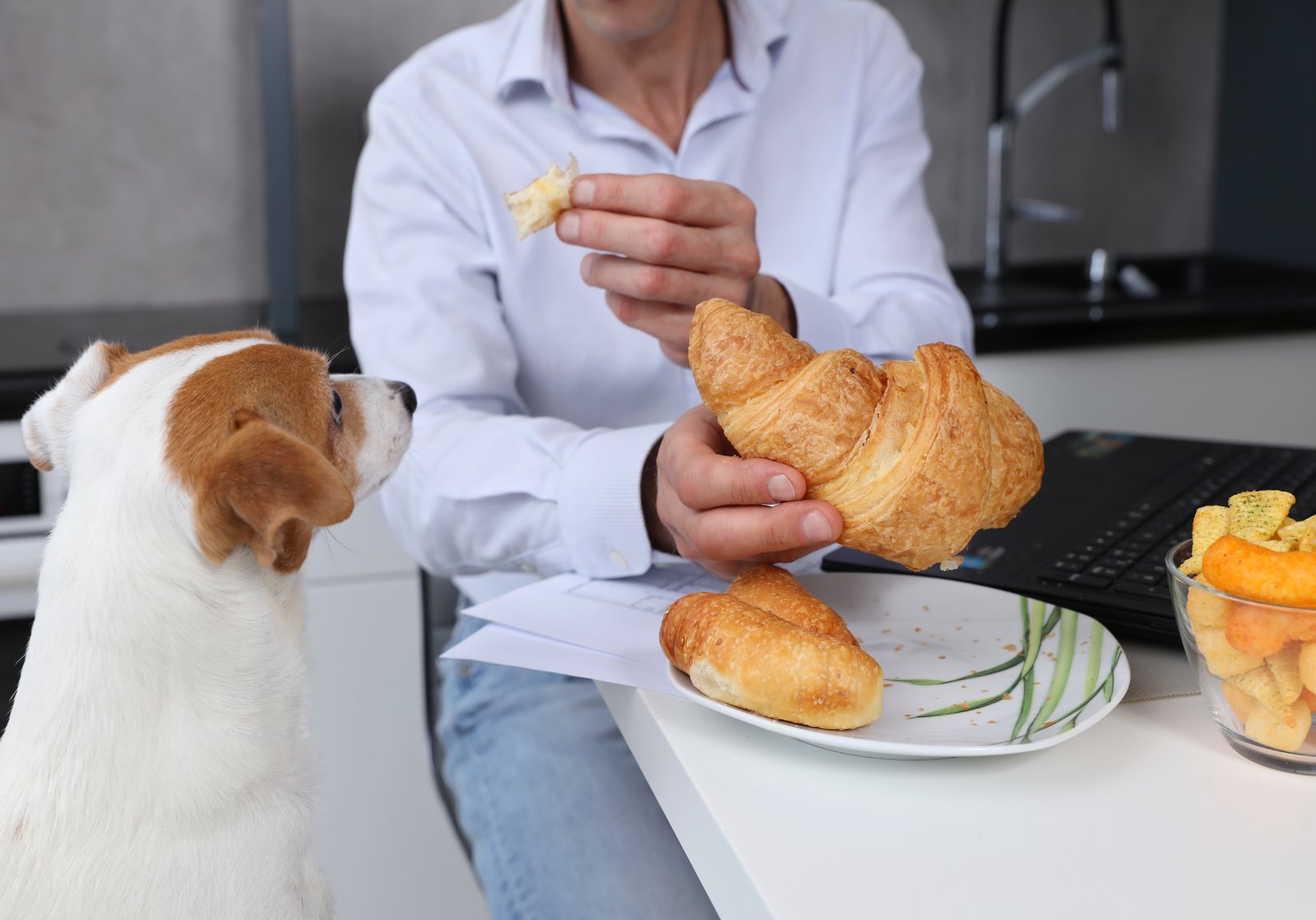
Steer clear of high-calorie snacks that can contribute to weight gain. Healthy, low-calorie options are a better choice.
16. Monitor Their Weight
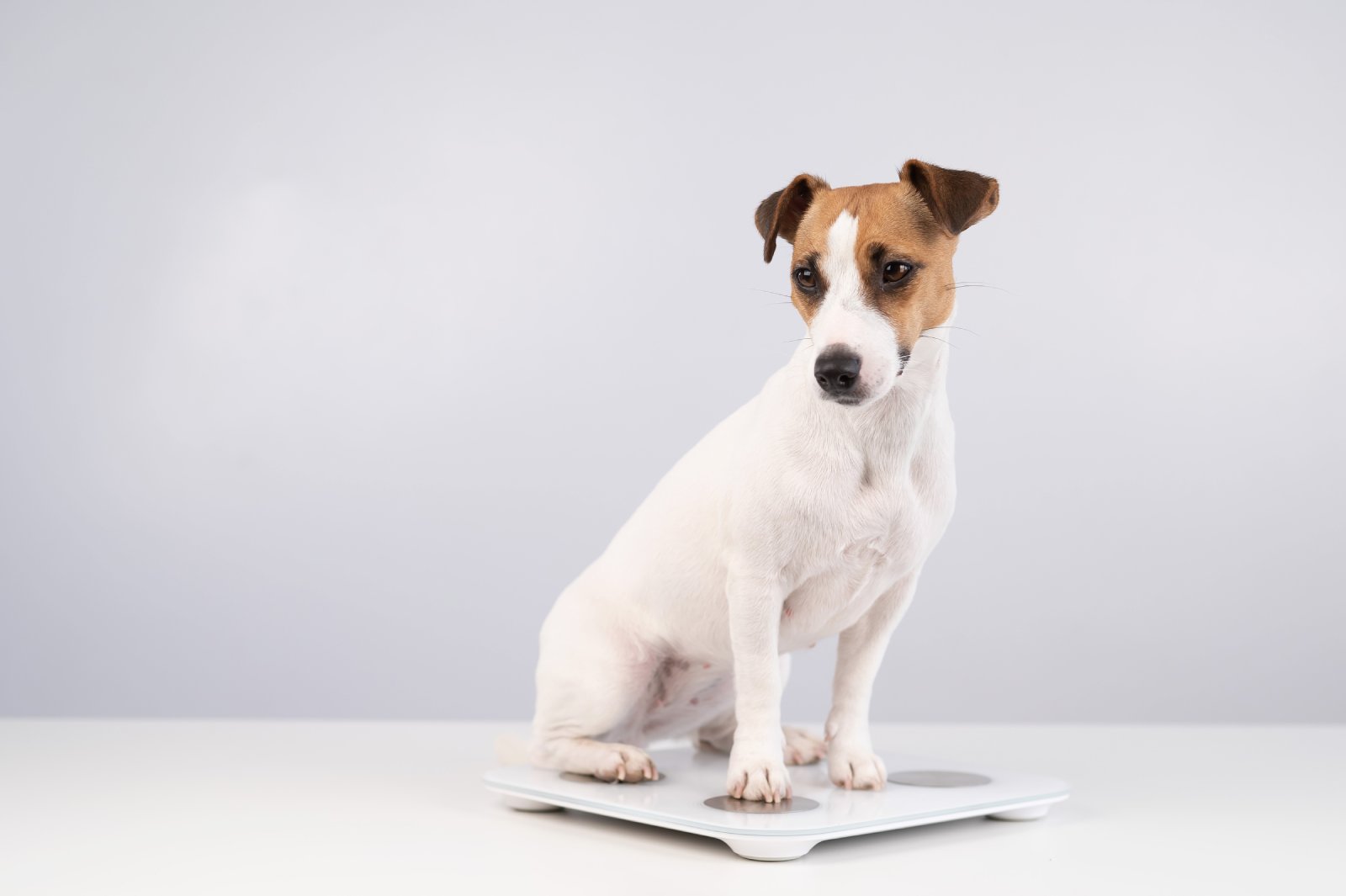
Regularly check your dog’s weight to ensure they’re not overeating. Adjust their portions accordingly.
17. Teach “Leave It”
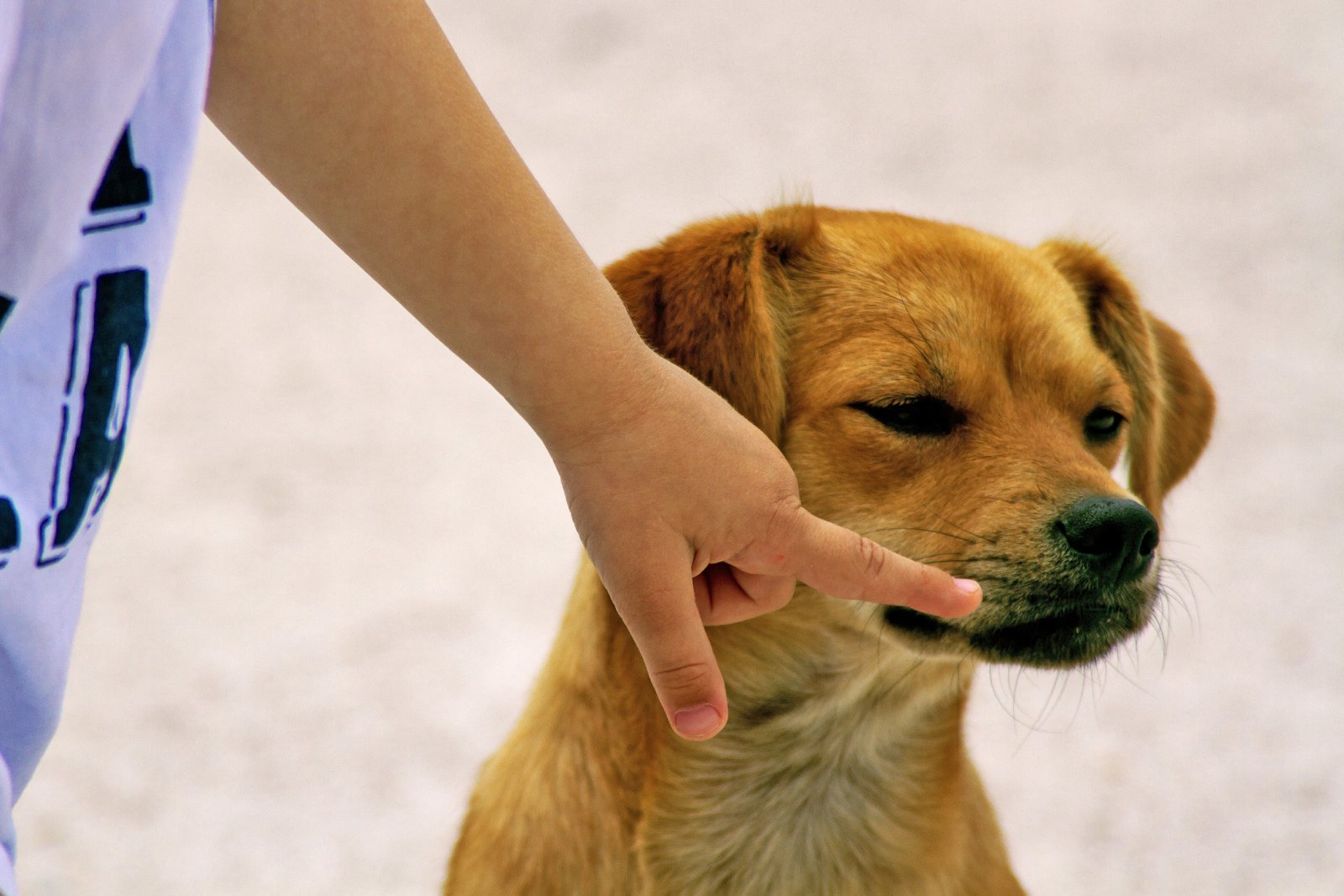
Training your dog to obey the “leave it” command can be invaluable. It teaches them self-control around food.
18. Hide Human Food
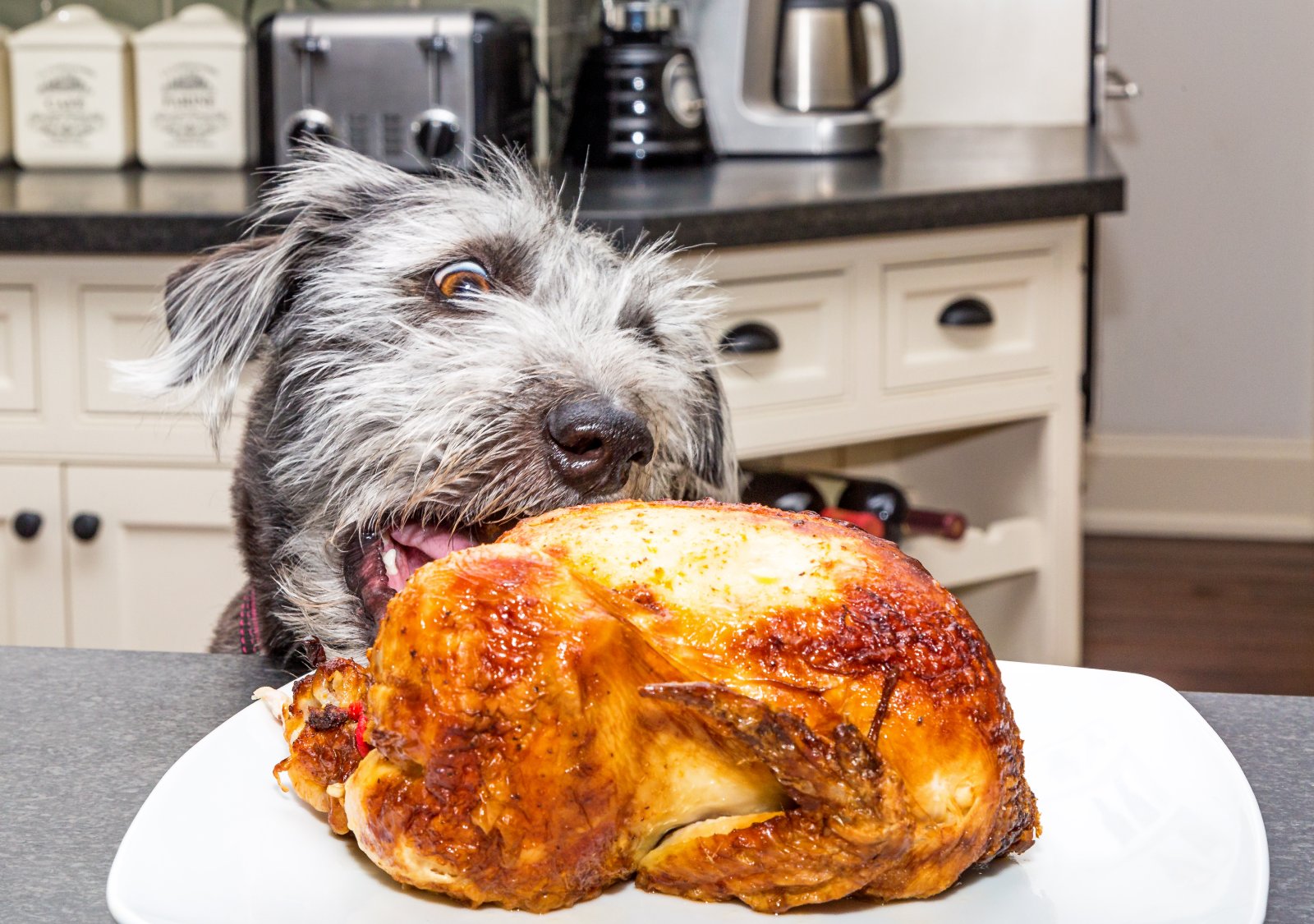
Keep human food out of your dog’s reach. This prevents them from helping themselves when you’re not looking.
19. Provide Plenty of Water
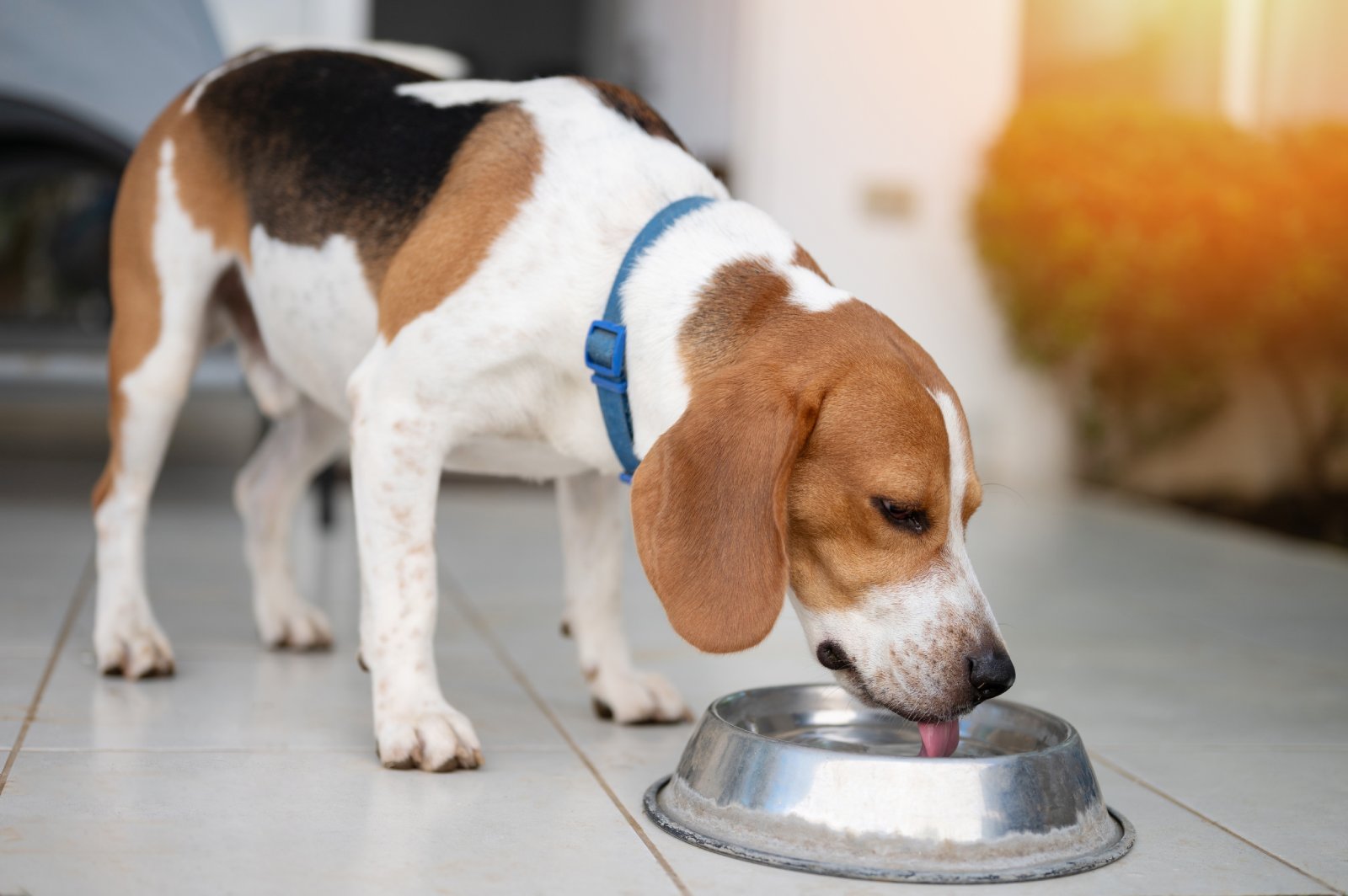
Sometimes, dogs mistake thirst for hunger. Ensure they have constant access to fresh water.
20. Be Patient
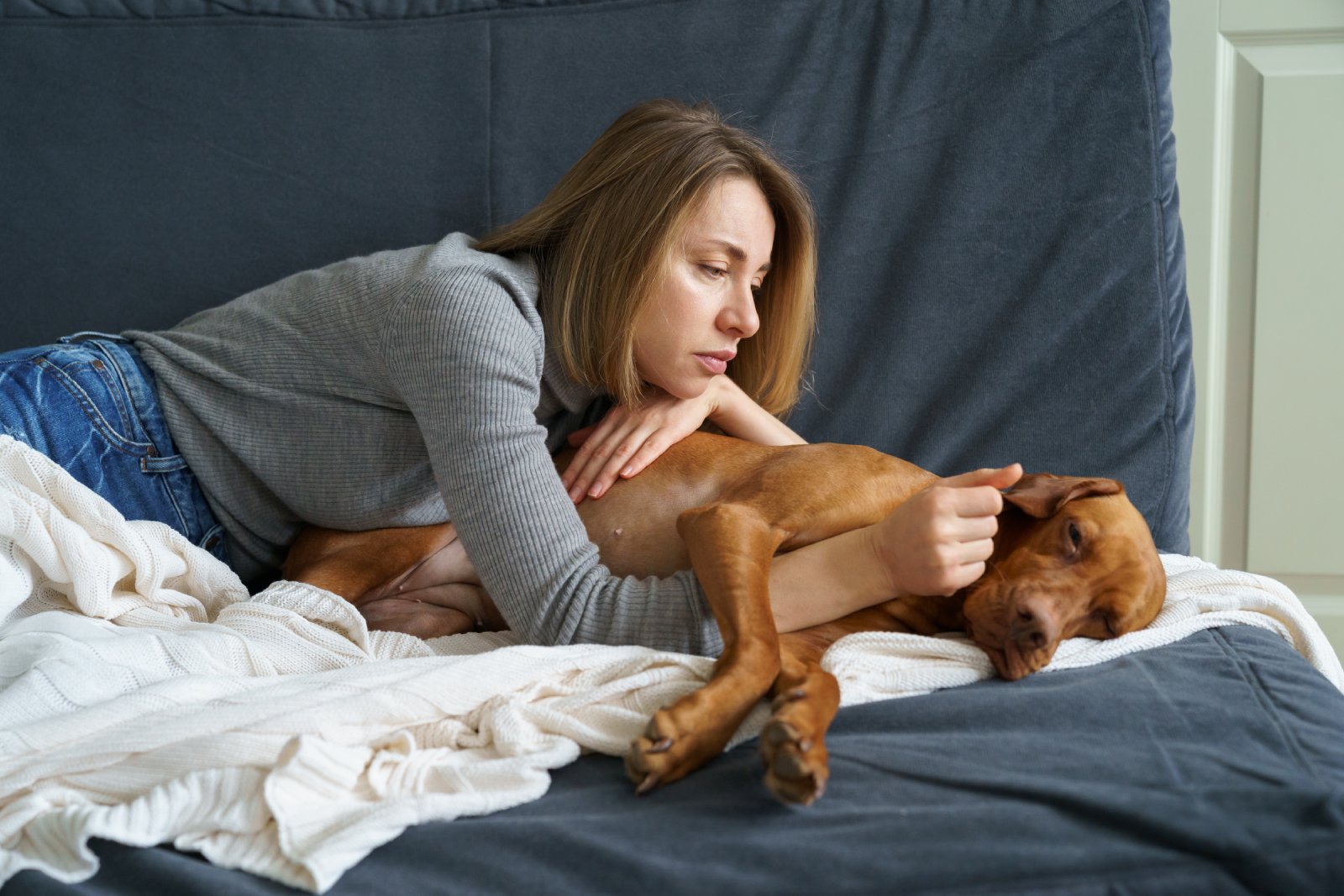
Breaking food-obsessed habits takes time and consistency. Be patient and stay committed to the process.
Bon Appétit, Without the Fuss
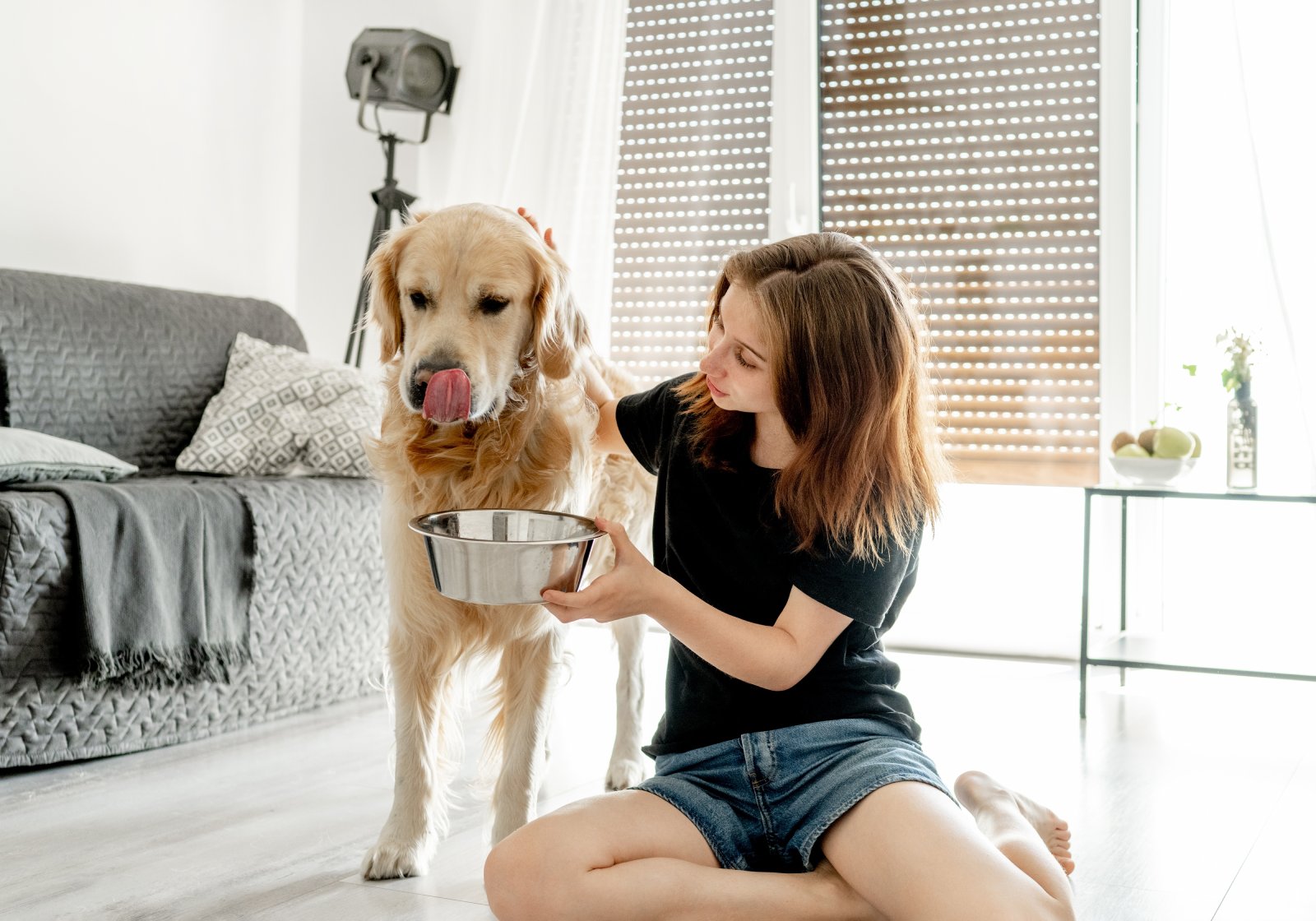
Managing a food-obsessed dog is all about balance and consistency. With these tips, you can help your furry friend develop healthier eating habits and enjoy a more peaceful mealtime routine.
The post Nutrition Control: 20 Ways to Handle Your Food-Obsessed Dog first appeared on PawShore.
Featured Image Credit: Shutterstock / Ellina Balioz.
For transparency, this content was partly developed with AI assistance and carefully curated by an experienced editor to be informative and ensure accuracy.

